- Follow Us
Scientific Publications
High-profile publications featuring CDI Labs next-gen proteomics technologies and services
354 Total Publications
Refine Your Search
Publication Details
- Date
- Link
- + Abstract
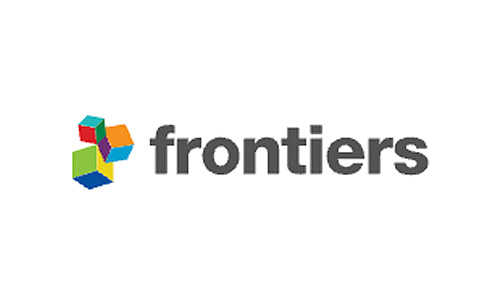
Frontiers in Immunology
- Main Product: HuProt
- HuProt: Mapping Autoantibodies in Children With Acute Rheumatic Fever
- Reuben McGregor, Nicole J. Moreland, et. al.
- School of Medical Sciences, The University of Auckland
HuProt Autoantibodies: Acute rheumatic fever (ARF) is a serious sequela of Group A Streptococcus (GAS) infection associated with significant global mortality. Pathogenesis remains poorly understood, with the current prevailing hypothesis based on molecular mimicry and the notion that antibodies generated in response to GAS infection cross-react with cardiac proteins such as myosin. Contemporary investigations of the broader autoantibody response in ARF are needed to both inform pathogenesis models and identify new biomarkers for the disease.
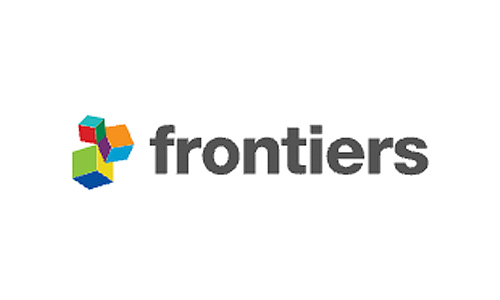
Frontiers in Immunology
- Main Product: HuProt
- HuProt: Auto-Antibody Production During Experimental Atherosclerosis in ApoE-/- Mice
- Mark A. Hutchinson, Patricia J. Gearhart, et. al.
- Laboratory of Molecular Biology and Immunology, National Institute on Aging, NIH
HuProt Autoantibodies: Current models stipulate that B cells and antibodies function during atherosclerosis in two distinct ways based on antibody isotype, where IgM is protective and IgG is inflammatory. To examine this model, we generated ApoE-/- Aid-/- mice, which are unable to produce IgG antibodies due to the absence of activation-induced deaminase (AID) but maintain high plasma cholesterol due to the absence of apolipoprotein E (APOE). We saw a dramatic decrease in plaque formation in ApoE-/- Aid-/- mice compared to ApoE-/- mice. Rigorous analysis of serum antibodies revealed both ApoE-/- and ApoE-/- Aid-/- mice had substantially elevated titers of IgM antibodies compared to C57BL/6J controls, suggesting a more complex dynamic than previously described.
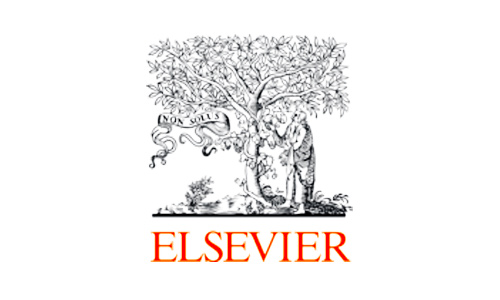
Pharmacological Research - Elsevier
- Main Product: HuProt
- PUB: Bruceine A induces cell growth inhibition and apoptosis through PFKFB4/GSK3β signaling in pancreatic cancer
- Pengfei Zhang, Ming Zhao, et. al.
- Jiangsu Collaborative Innovation Center of Chinese Medicinal Resources Industrialization
HuProt Small Molecule: Pancreatic cancer is one of the most aggressive cancers with a poor prognosis and 5-year low survival rate. In the present study, we report that bruceine A, a quassinoid found in Brucea javanica (L.) Merr. has a strong antitumor activity against human pancreatic cancer cells both in vitro and in vivo. Human proteome microarray reveals that 6-phosphofructo-2-kinase/fructose-2,6-bisphosphatase 4 (PFKFB4) is the candidate target of bruceine A and both fluorescence measurement and microscale thermophoresis suggest bruceine A binds to PFKFB4. Bruceine A suppresses glycolysis by inhibiting PFKFB4, leading to cell cycle arrest and apoptosis in MIA PaCa-2 cells.
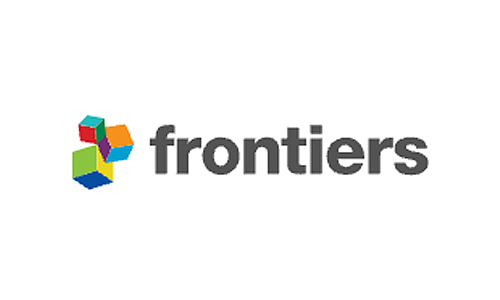
Frontier in Cell and Developmental Biology
- Main Product: HuProt
- HuProt: Global Screening of LUBAC and OTULIN Interacting Proteins by Human Proteome Microarray
- Lijie Zhou, Lingqiang Zhang, et. al.
- Department of Physiopathology, Anhui Medical University
HuProt PPI: Linear ubiquitination is a reversible posttranslational modification, which plays key roles in multiple biological processes. Linear ubiquitin chain assembly complex (LUBAC) catalyzes linear ubiquitination, while the deubiquitinase OTULIN (OTU deubiquitinase with linear linkage specificity, FAM105B) exclusively cleaves the linear ubiquitin chains. However, our understanding of linear ubiquitination is restricted to a few substrates and pathways. Here we used a human proteome microarray to detect the interacting proteins of LUBAC and OTULIN by systematically screening up to 20,000 proteins.
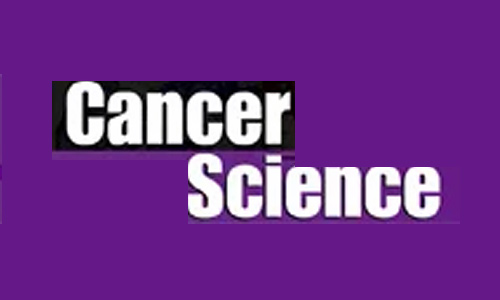
Cancer Science - Japanese Cancer Association
- Main Product: HuProt
- HuProt: Identification of novel autoantibody signatures and evaluation of a panel of autoantibodies in breast cancer
- Cuipeng Qiu, Jianying Zhang, et. al.
- BGI College & Henan Academy of Medical and Pharmaceutical Sciences, Zhengzhou University
Tumor-associated autoantibodies (TAAb) could be serological tumor markers. This study aims to discover novel TAAb signatures for breast cancer (BC) detection. The protein microarray was used to identify candidate TAAb, which were further validated in 1197 sera from BC, benign breast diseases (BD), and healthy controls (HC) by enzyme-linked immunosorbent assay. In addition, 319 preoperative and postoperative sera were evaluated. A panel was determined using four different classifiers.
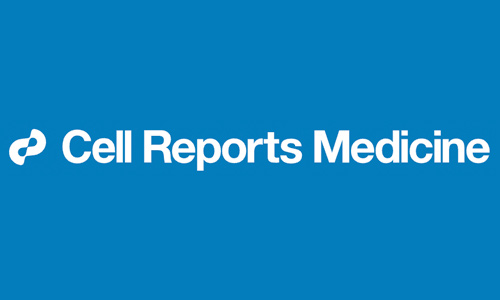
Cell Reports Medicine
- Main Product: HuProt
- HuProt: Broad auto-reactive IgM responses are common in critically ill patients, including those with COVID-19
- Andrew Kam Ho Wong Isaac Woodhouse Frank Schneider Deanna A. Kulpa Guido Silvestri Cheryl L. Maier
- Emory Vaccine Center and Yerkes National Primate Research Center, Emory University
The pathogenesis of severe coronavirus disease 2019 (COVID-19) remains poorly understood. While several studies suggest that immune dysregulation plays a central role, the key mediators of this process are yet to be defined. Here, we demonstrate that plasma from a high proportion (93%) of critically ill COVID-19 patients, but not healthy controls, contains broadly auto-reactive immunoglobulin M (IgM) and less frequently auto-reactive IgG or IgA. Importantly, these auto-IgMs preferentially recognize primary human lung cells in vitro, including pulmonary endothelial and epithelial cells.

International Journal of Oncology
- Main Product: HuProt
- HuProt: QPCT regulation by CTCF leads to sunitinib resistance in renal cell carcinoma by promoting angiogenesis
- Tangliang Zhao, Yulin Zhou, Qingyun Wang, Xiaoming Yi, Silun Ge, Haowei He, Song Xue, Bowen Du, Jingping Ge, Jie Dong,...
- Dept of Urology, Jinling Hospital, Medical School of Nanjing University
Sunitinib is widely used as a first‑line treatment for advanced renal cell carcinoma (RCC). However, a number of patients with RCC who receive sunitinib develop drug resistance; and the biological mechanisms involved in resistance to sunitinib remain unclear. It has previously been suggested that the protein glutaminyl‑peptide cyclotransferase (QPCT) is closely related to sunitinib resistance in RCC. Thus, in the present study, in order to further examine the molecular mechanisms responsible for sunitinib resistance in RCC, sunitinib‑non‑responsive and ‑responsive RCC tissue and plasma samples were collected and additional experiments were performed in order to elucidate the molecular mechanisms responsible for sunitinib resistance in RCC.
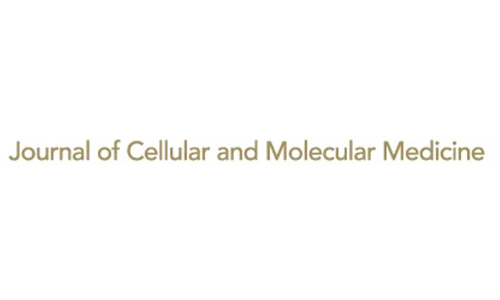
Journal of Cellular and Molecular Medicine
- Main Product: HuProt
- HuProt: Human CPPED1 belongs to calcineurin-like metallophosphoesterase superfamily and dephosphorylates PI3K-AKT pathway component PAK4
- Antti M. Haapalainen, Ravindra Daddali, Mikko Hallman, Mika Rämet
- PEDEGO Research Unit and Medical Research Center Oulu, University of Oulu, Oulu, Finland
HuProt PPI: Protein kinases and phosphatases regulate cellular processes by reversible phosphorylation and dephosphorylation events. CPPED1 is a recently identified serine/threonine protein phosphatase that dephosphorylates AKT1 of the PI3K-AKT signalling pathway. We previously showed that CPPED1 levels are down-regulated in the human placenta during spontaneous term birth. In this study, based on sequence comparisons, we propose that CPPED1 is a member of the class III phosphodiesterase (PDE) subfamily within the calcineurin-like metallophosphoesterase (MPE) superfamily rather than a member of the phosphoprotein phosphatase (PPP) or metal-dependent protein phosphatase (PPM) protein families.
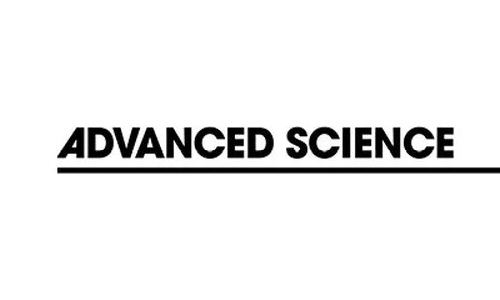
Advanced Science
- Main Product: HuProt
- HuProt: In Vivo Induction of Regulatory T Cells Via CTLA-4 Signaling Peptide to Control Autoimmune Encephalomyelitis and Prevent Disease Relapse
- Gil-Ran Kim, Won-Ju Kim, Sangho Lim, Hong-Gyun Lee, Ja-Hyun Koo, Kyung-Ho Nam, Sung-Min Kim, Sung-Dong Park, Je-Min Choi
- Dept of Life Science, College of Natural Sciences, Hanyang University
Regulatory T cells play a key role in immune tolerance to self-antigens, thereby preventing autoimmune diseases. However, no drugs targeting Treg cells have been approved for clinical trials yet. Here, a chimeric peptide is generated by conjugation of the cytoplasmic domain of CTLA-4 (ctCTLA-4) with dNP2 for intracellular delivery, dNP2-ctCTLA-4, and evaluated Foxp3 expression during Th0, Th1, Treg, and Th17 differentiation dependent on TGF-β. The lysine motif of ctCTLA-4, not tyrosine motif, is required for Foxp3 expression for Treg induction and amelioration of experimental autoimmune encephalomyelitis (EAE).
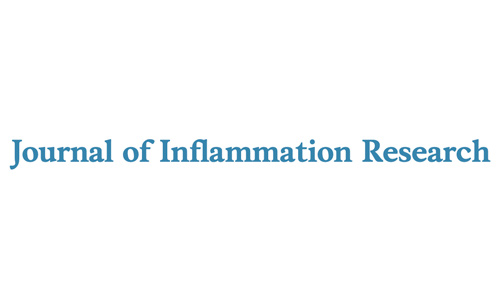
Journal of Inflammation Research - Dove Press
- Main Product: HuProt
- HuProt: An Indole-2-Carboxamide Derivative, LG4, Alleviates Diabetic Kidney Disease Through Inhibiting MAPK-Mediated Inflammatory Responses
- Qian J, Yin S, Ye L, Wang Z , Shu S, Mou Z, Xu M, Chattipakorn N, Liu Z, Liang G
- Chemical Biology Research Center, School of Pharmaceutical Sciences, Wenzhou Medical University
HuProt Small Molecule: Elevated inflammatory signaling has been shown to play an important role in diabetic kidney disease (DKD). We previously developed a new anti-inflammatory compound LG4. In the present study, we have tested the hypothesis that LG4 could prevent DKD by suppressing inflammation and identified the underlying mechanism. Although LG4 treatment had no effect on the body weight and blood glucose levels, it remarkably reversed the hyperglycemia-induced pathological changes and fibrosis in the kidneys of T1DM mice. Importantly, hyperglycemia-induced renal inflammation evidenced by NF-κB activation and TNFα and IL-6 overexpression was greatly ameliorated with LG4 treatment.